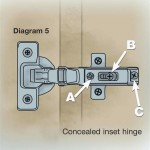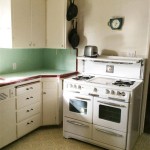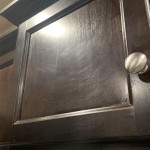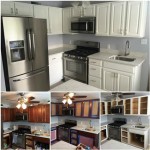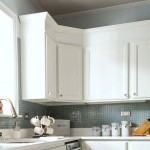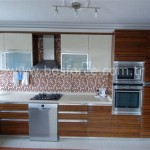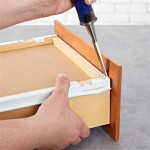Essential Aspects of Kitchen Cabinet Carcass Only: A Comprehensive Guide
Kitchen cabinets play a crucial role in the functionality and aesthetics of any kitchen space. While the doors and drawers often receive the most attention, the carcass, or the structural framework of the cabinets, is equally important. When choosing kitchen cabinet carcasses, it's essential to consider several key aspects to ensure durability, stability, and a seamless integration with your overall kitchen design.
Material Selection:
Carcasses are typically made from materials such as plywood, particleboard, or MDF (Medium Density Fiberboard). Plywood is considered the most durable option, with its cross-laminated construction providing excellent strength and resistance to warping. Particleboard is a more economical choice, but it is less resistant to moisture and may not be suitable for areas where humidity levels are high. MDF is a dense and stable material that offers a smooth surface for painting or laminating.
Construction Method:
Carcasses can be assembled using different construction methods. Dovetail joints, considered the strongest, involve interlocking fingers on both sides of the joint for a secure connection. Dowel joints, which use cylindrical wooden dowels, are also durable and relatively easy to assemble. Corner blocks, triangular pieces of wood attached to the inside corners of the carcass, provide additional strength and stability.
Cabinet Size and Dimensions:
The size and dimensions of the carcass should align with the overall kitchen layout and the intended use of the cabinets. Base cabinets typically measure 36 inches high, while wall cabinets are usually 30 inches high. The depth of the cabinets can vary depending on the specific design requirements.
Door Attachment:
Carcasses are designed to accommodate various door styles and attachment methods. Face frame cabinets have a frame around the front of the cabinet that the doors attach to. Frameless cabinets, on the other hand, do not have a face frame, allowing the doors to be mounted directly to the carcass. The choice between face frame and frameless cabinets depends on personal preference and the desired aesthetic.
Interior Organization:
The interior of the carcass can be customized with shelves, drawers, or other organizational accessories. Shelves can be adjustable or fixed, allowing for flexible storage options. Drawers provide easy access to frequently used items and can be configured in different sizes and depths.
Finish and Appearance:
Carcasses are typically finished with a laminate, veneer, or paint. Laminates offer a wide range of colors and textures, providing durability and easy maintenance. Veneers, thin layers of real wood, add a touch of natural elegance to the cabinets. Paint allows for endless customization options and can be matched to the overall kitchen décor.
Conclusion:
Choosing the right kitchen cabinet carcasses is essential for creating a functional and aesthetically pleasing kitchen. By considering factors such as material selection, construction method, size, door attachment, interior organization, and finish, homeowners can ensure that their cabinets meet their specific needs and enhance the overall ambiance of their kitchen space.

Carcass Only Floor Cabinet Center Mullion Ekitchens

Carcass Only Drawer Cabinet 3 Equal Drawers Finista Ekitchens

Carcass Only Floor Cabinet Suit Internal Drawers Ekitchens

Diy Kitchen Cabinets Made From Only Plywood

Carcass Only Floor Cabinet Sink Ekitchens

Carcass Only Drawer Cabinet 3 Drawers Top Smaller Finista Ekitchens

Kitchen Units Carcasses Made To Measure Lark Larks

Trade Only Kitchen Carcass Manufacturers

Kitchen Cabinets Design Materials Smith

600mm Highline Base Unit
Related Posts

